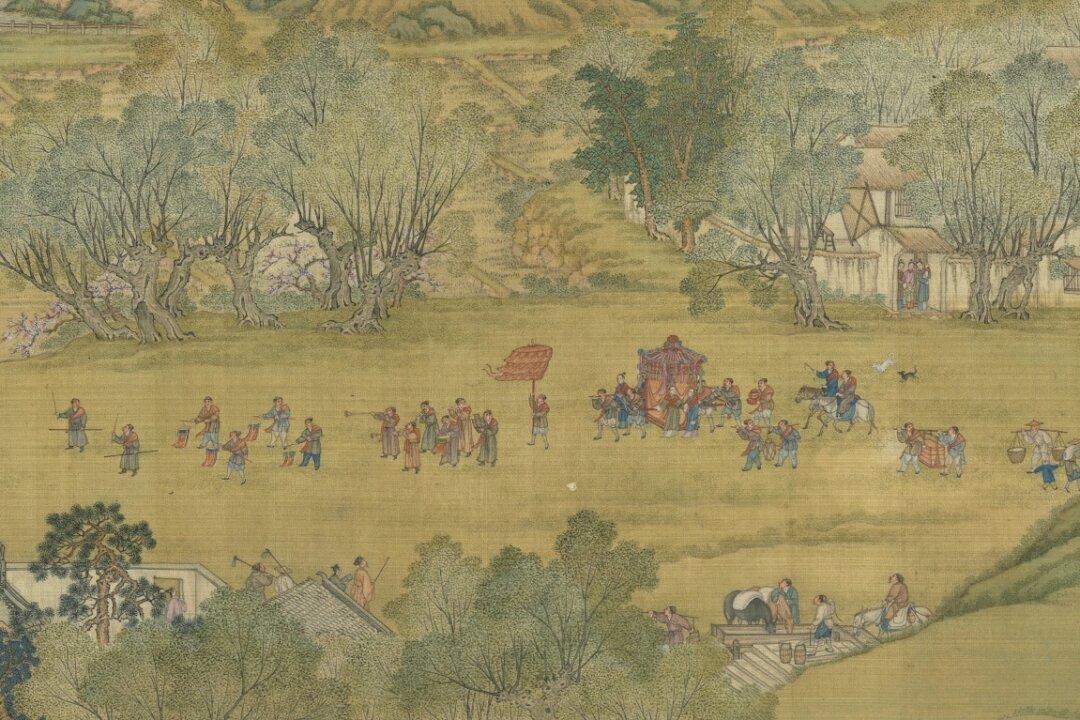So that they are no more twain, but one flesh. What therefore God hath joined together, let not man put asunder. —Matthew 19:6
Since biblical times, we’ve been searching for our other halves, wanting to ride into the sunset with our one true love, and marrying the love of our life. But marriage traditions through the ages have ranged from joyous to somber. Some ancient wedding traditions emphasized the challenges that awaited newlyweds and the loss of moving away from their families. If one word could capture the universal ideal of marriage success, it’s probably “harmony,” beginning with the story of our first ancestors.And the Lord God said, “It is not good that the man should be alone; I will make him an help meet for him.” —Genesis 2:18
According to the Hebrew Bible, all of humankind descended from Adam and Eve. God felt that Adam needed a partner and created Eve by taking her from Adam’s rib. Thus, the first couple in the world was formed.Eve was born to nurture and accompany Adam, and in exchange, Adam vowed to protect and provide for her. They were two sides of the same coin—born of the same body, and through God’s blessed union, once again brought together as one in order to be fruitful.


